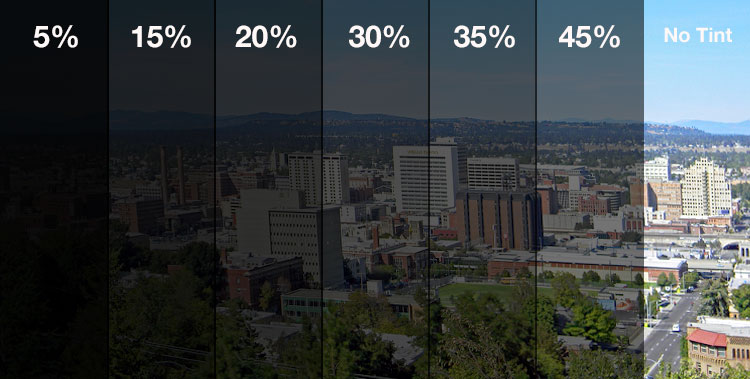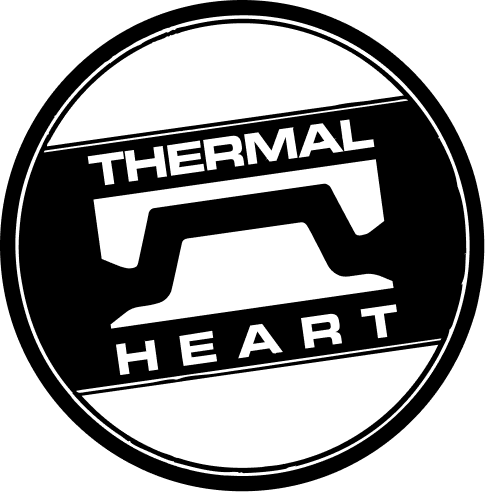So you have just signed a contract for one of the biggest investments you will ever make in your life and now you just cannot wait to move in to the home of your dreams.
However, did you know the safety hazards that may be lurking in your dream home?
Every year a significant number of people are seriously injured in their family home.
Amazingly, many of these accidents could have been prevented with simple forethought.
Although a building inspection is not a safety audit, building inspectors often see safety issues which need to be addressed urgently. This is not an exhaustive list, but some of the more common ones are:
Inadequate pool fencing
All swimming pools or spas should be fully enclosed on all 4 sides by a compliant pool fence certified by a licensed pool fence inspector.
This fence should be at least 1.2m high with no ability to be scaled and with a self-closing, self-latching gate.
Both pool fence and gate should be regularly checked and maintained and any items that can be used to either prop the gate open or scale the fence should be removed.
There should also be a clearly visible, laminated cardio pulmonary resuscitation CPR poster within the pool or spa area. A licensed pool inspector should be consulted for advice.
See pool safety at www.hpw.qld.gov.au.
Absent smoke alarms
where smoke alarms which meet Australian Standards should be installed in all homes and units by a licensed electrician. These should be tested annually and kept dust free. See www.qld.gov.au/emergency/safety/smoke-alarms.
There should also be a fire blanket or fire extinguisher in the kitchen readily to hand near the oven and cooktop.
Safety guards
Safety guards should be attached to walls surrounding fireplaces, fuel stoves and heaters.
Excessive stored goods
An excessive build up of stored goods may not only pose a health and fire hazard but if built up against exits may also prevent escape to safety.
Unsafe lighting
Poorly installed roof batts around LED downlights may pose a fire risk in the roof cavity.
Inadequate or absent electrical
Safety switches which should be installed by a licensed electrician on each of the home’s circuits.
Where the home was built prior to 1992, it may not have any safety switches installed, so it may pay to have a licensed electrical inspection.
Otherwise, an annual safety switch check by a licensed electrician is advised. See www.worksafe.qld.gov.au.\
Hot water tempering devices
As of February 2013, all residential hot water storage systems must be heated to a minimum of 60° Celsius to prevent the growth of bacteria such as Legionella.
And a tempering device installed to ensure that hot water is delivered to taps of all sanitary fixtures including showers, baths and basins at a maximum 50° Celsius to reduce risk of scalding-related injuries.
In most homes where this device has not been installed, a licensed plumber should be consulted. See hpw.qld.gov.au.
Poorly safeguarded high risk structures
All built structures over 1 meter that pose a fall risk e.g. balconies, decks, stairs, retaining walls, should be intact, well constructed with adequate fixing, stable and well braced, and protected with appropriate balustrading.
The materials they are constructed of such as timber or concrete should be of adequate strength and weatherproof, not compromised by fungal decay, missing boards, missing fixings, or deterioration generally.
Fixings used such as nails or bolts should be of appropriate size and spacing, intact and not affected by corrosion and not missing.
Balustrades should be vertical without climbing footholds, at least 1200mm high and spaced such that a 125mm sphere cannot pass through.
Barriers or gates
Should be placed at the top and bottom of steps or stairs whenever young children are in the home.
Stairs should have a landing every 18 steps with each step of uniform height and depth to prevent tripping and falling. Where stone or rock has been used for stairs, these should be kept dry and moss free.
All high risk structures such as decks, balconies, retaining walls, stairs and landings should be checked at least annually, preferably by a licensed builder and kept well maintained, free of termite damage or fungal decay and rot.
Poorly lit stairwells
Stairwells should be kept well illuminated with lights replaced regularly as required.
Floor injury hazards
All floor nails should be punched in and stoppered with timber filler to prevent injury.
Wet Areas, Paths and driveways
All wet areas e.g. bathrooms and laundries should also have slip resistant surfaces to prevent falls.
Steep and slippery paths or driveways may expose children to traffic, pose a problem for vehicle parking or encourage falls especially in the elderly.
Window fall hazards
Upper storey windows should be fitted with safety glass and have a restricted opening of 125mm or better still, externally fitted security screens or window guards which, for fire safety, should be able to be pushed out by an adult.
Glass around the home
Sliding glass doors should meet Australian Safety Glass Standards, although most homes constructed prior to the mid 1970s will not have this installed. However a glazier can retrofit a thin sheet of polyester laminate to one side of the glass panel to make windows and doors safer.
Safety stickers should also be installed on glass at eye level for all sliding glass panels.
True Blue Glass can conduct a glass audit which will have every piece of glass checked to make sure it is up to Australian Standards.
Furnishings
Furniture, especially cots, beds and bunk beds, should be kept well away from hazards such as upper storey windows, hanging blinds and cords, and ceiling fans to prevent falls, strangling and chopping injuries, respectively.
Hot water Services and Air conditioning
Placement of hot water and air conditioning systems should not provide access to upper storey windows, balustrading, and pool fencing or proximity to hanging blinds and cords and ceiling fans.
Toilets and toiler doors
Inaccessible toilets. Toilet doors should be fitted with liftoff hinges so that an occupant can be rescued by emergency services.
Play Areas
Play areas need to be physically separated from the driveway or road by a gate or barrier and 50% of a pool or play area should be protected from sun by either natural shade or shade structures.
House numbers
House address numbers should be clearly visible from the street at all times including night, for emergency vehicles.
If a home has been built, modified or renovated without certification or compliance to the Building Code and Australian Standards,
as is often the case where it has been undertaken by the owner, it is always advisable to seek legal advice and have searches conducted as noncompliance may pose serious safety risks.
The above information is for your interest only and is limited to Queensland as it may vary for other states of Australia.
A pre-purchase building inspection is neither a safety audit nor a check for compliance to mandatory government regulations.
For advice, please seek out the appropriately licensed specialist e.g. glaziers, electrician, plumber or pool fencing inspector or your solicitor for compliance searches.
Finally, the Queensland Government provides a very handy Home Safety Checklist at health.qld.gov.au.





